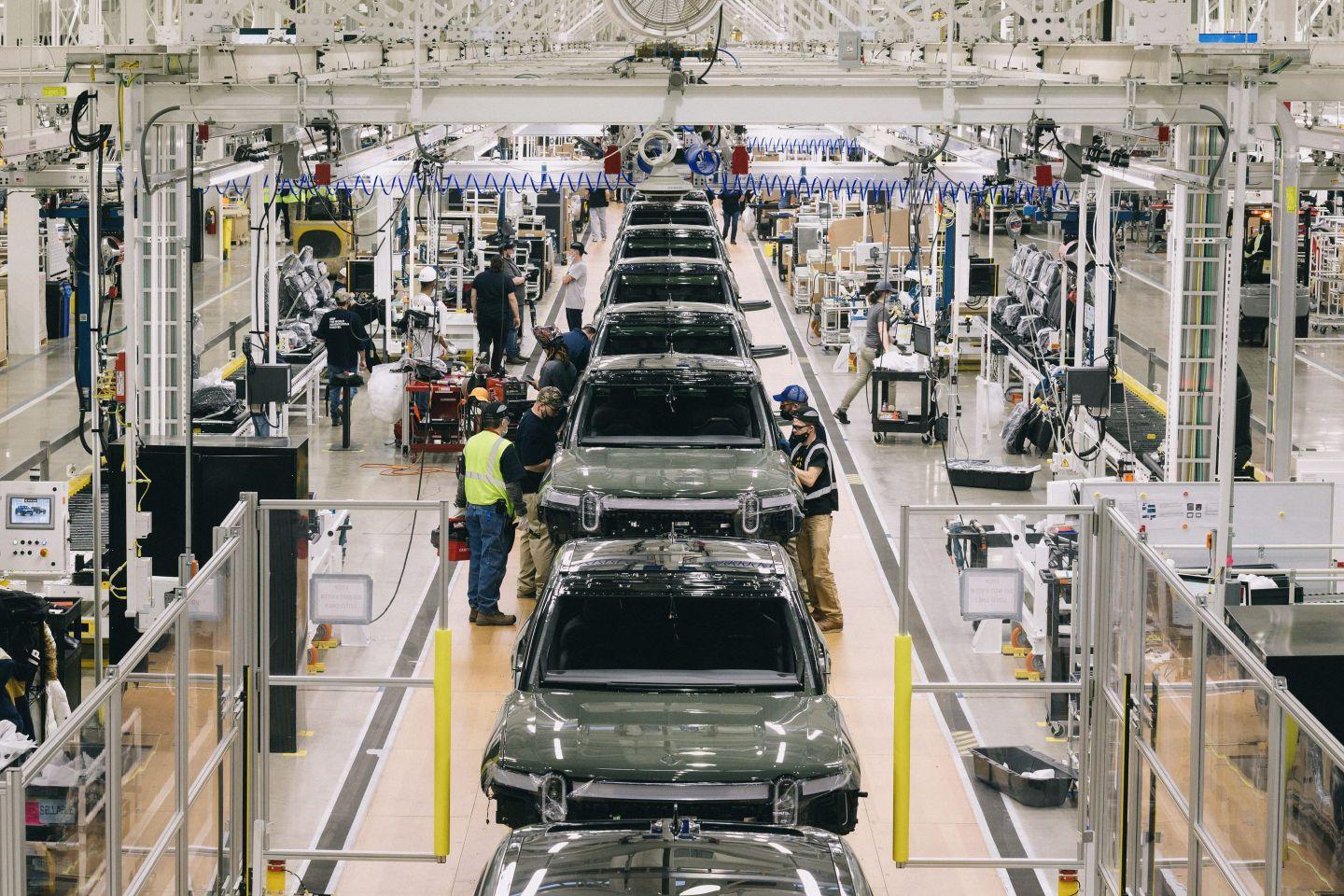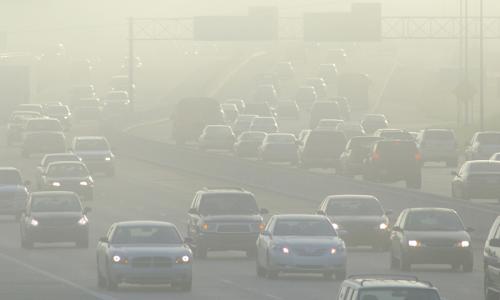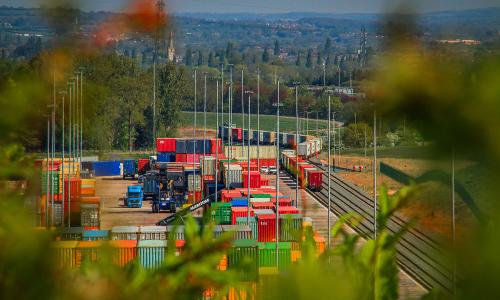Nearly half of everyone living in the United States—an estimated 150 million—live in areas that don’t meet federal air quality standards.
Passenger vehicles and heavy-duty trucks that burn gasoline and diesel are a major source of this pollution, which includes particulate matter, nitrogen oxides, ozone and other highly toxic emissions. Transportation contributes a disproportionate contribution to local pollution: almost half of nitrogen oxides and almost one-third of volatile organic compounds, such as benzene, originate from tailpipes of our cars, trucks and buses.
The health risks of air pollution are extremely serious. Poor air quality aggravates respiratory ailments like asthma and bronchitis and heightens the risk of life-threatening conditions like cancer and heart disease. Strong evidence exists that breathing PM2.5 impairs neurological functions, increasing the risk of Alzheimer’s disease, and that it affects the developing fetus. Fine particulate matter (PM2.5) from transportation is singlehandedly responsible for up to 20,000 premature deaths each year. These consequences also burden our health care system with substantial medical costs.

Solutions are here, but under threat
Clean vehicle and fuel technologies provide us with an affordable, available means of reducing transportation-related air pollution and climate change emissions. These include fuel-efficient vehicles that use less oil; cleaner fuels that produce fewer emissions; and electric cars and trucks that entirely eliminate tailpipe emissions.
Strong federal and state policies are supremely important in our effort to clean the air we breathe but are undergoing administrative rollbacks. The Clean Air Act, which allows states to set standards stronger than those set by the federal government, is under threat. Vehicle emission standards have helped cut pollution from cars and trucks by 99 percent compared to 1970 models. Continued emissions reductions from trucks and other freight sources are essential for meeting air quality standards and protecting public health, especially those who live and work close to ports, warehouses, rail yards, and freight corridors.




